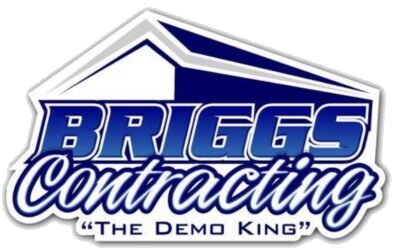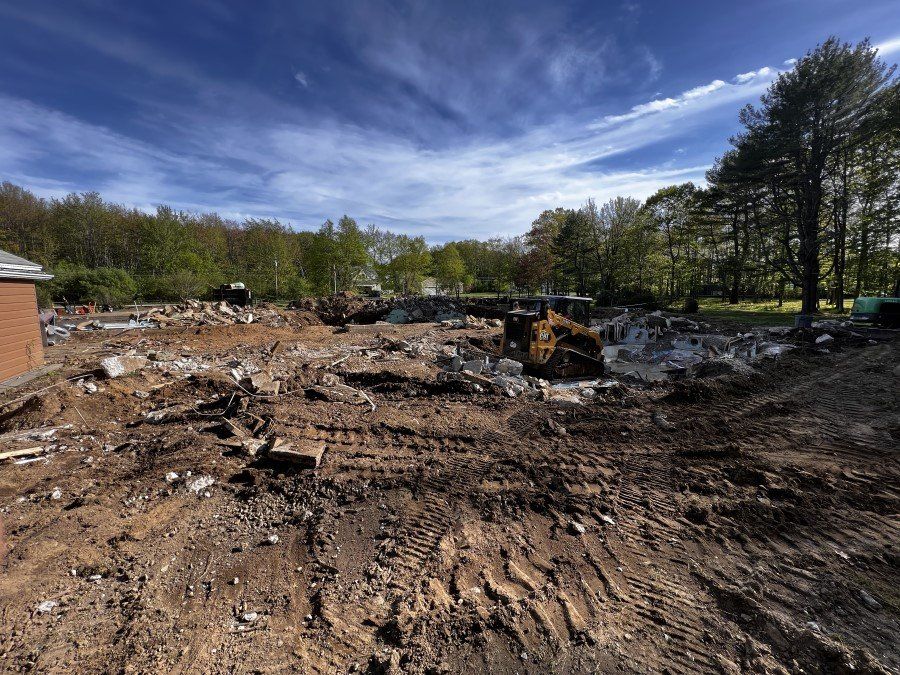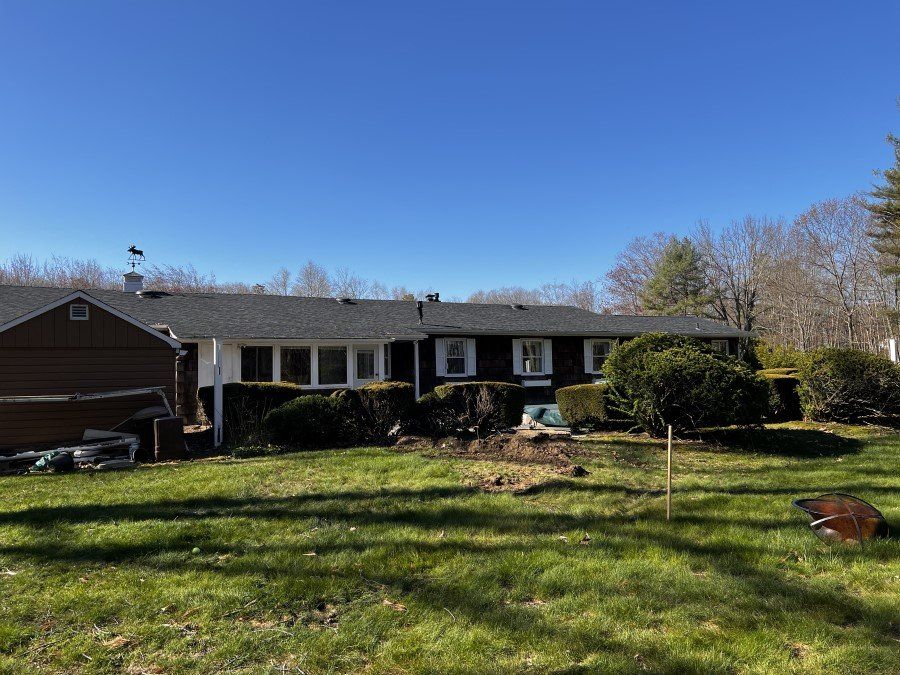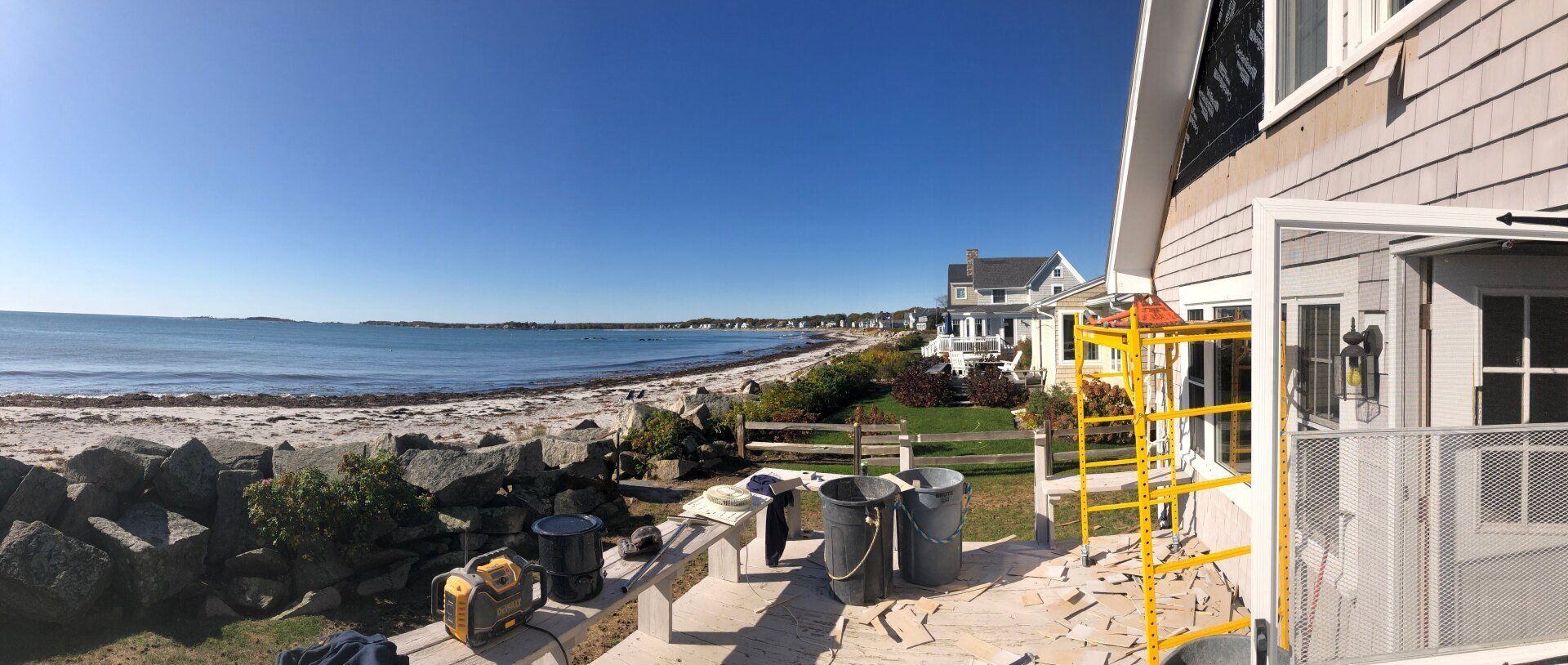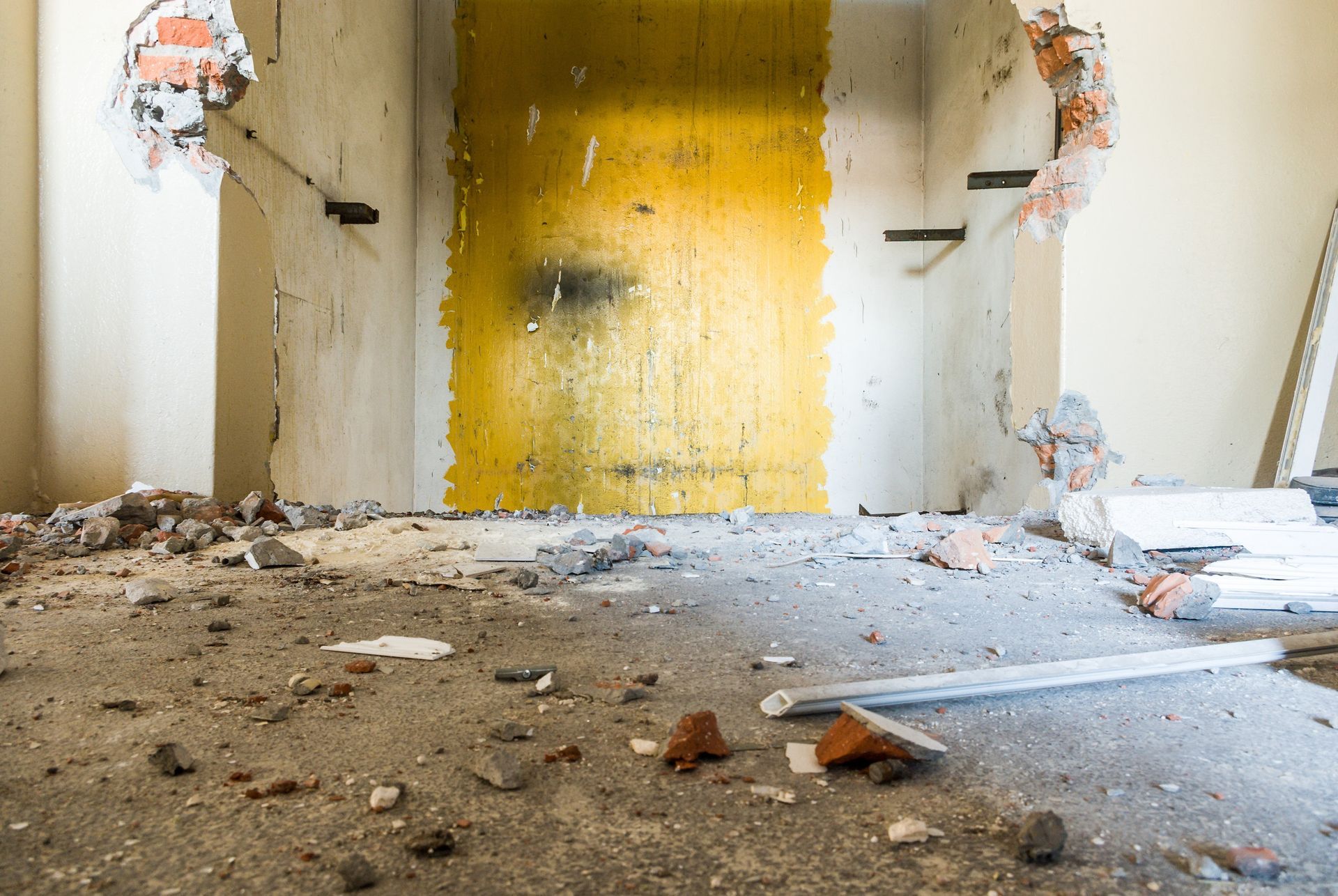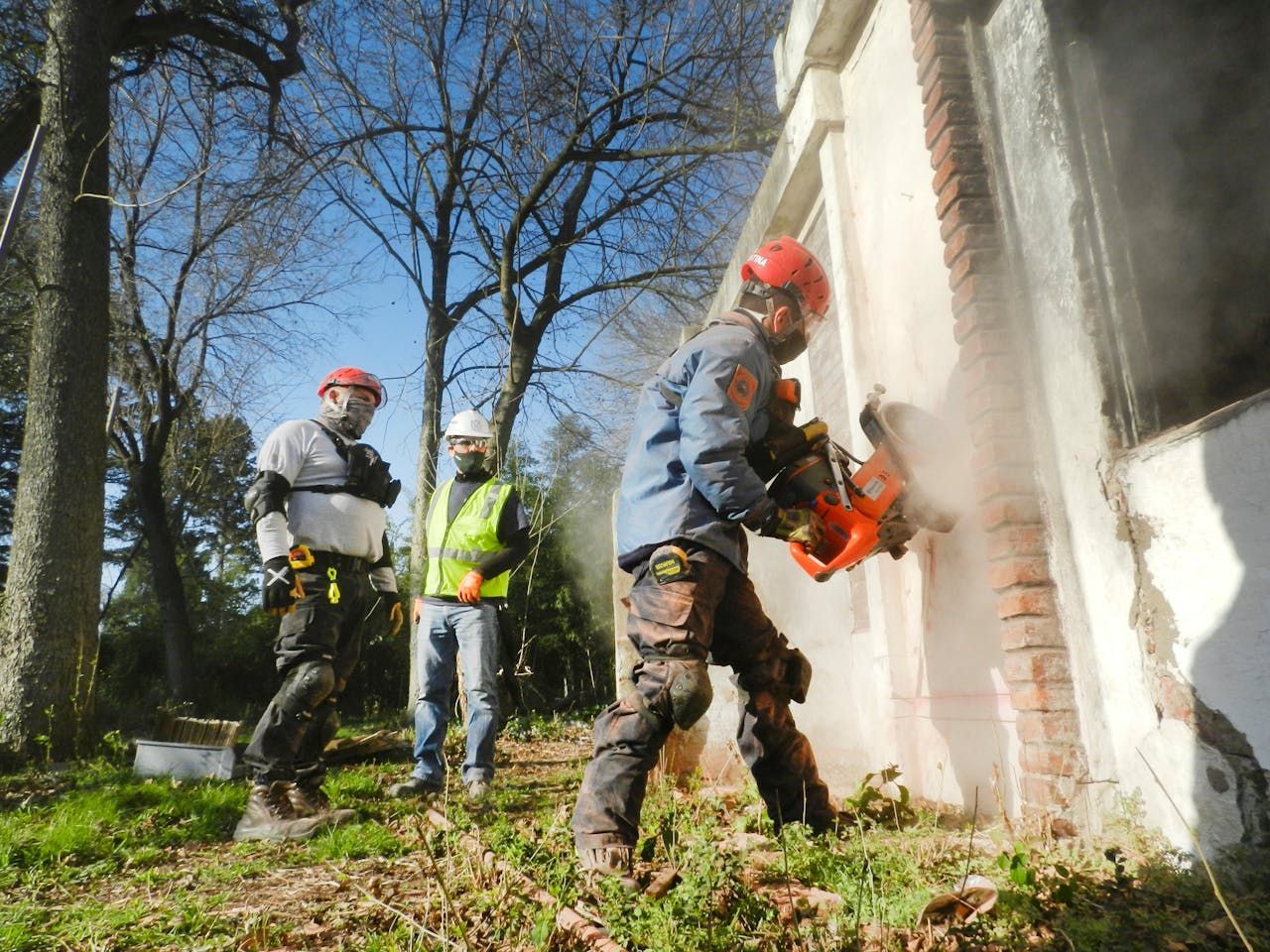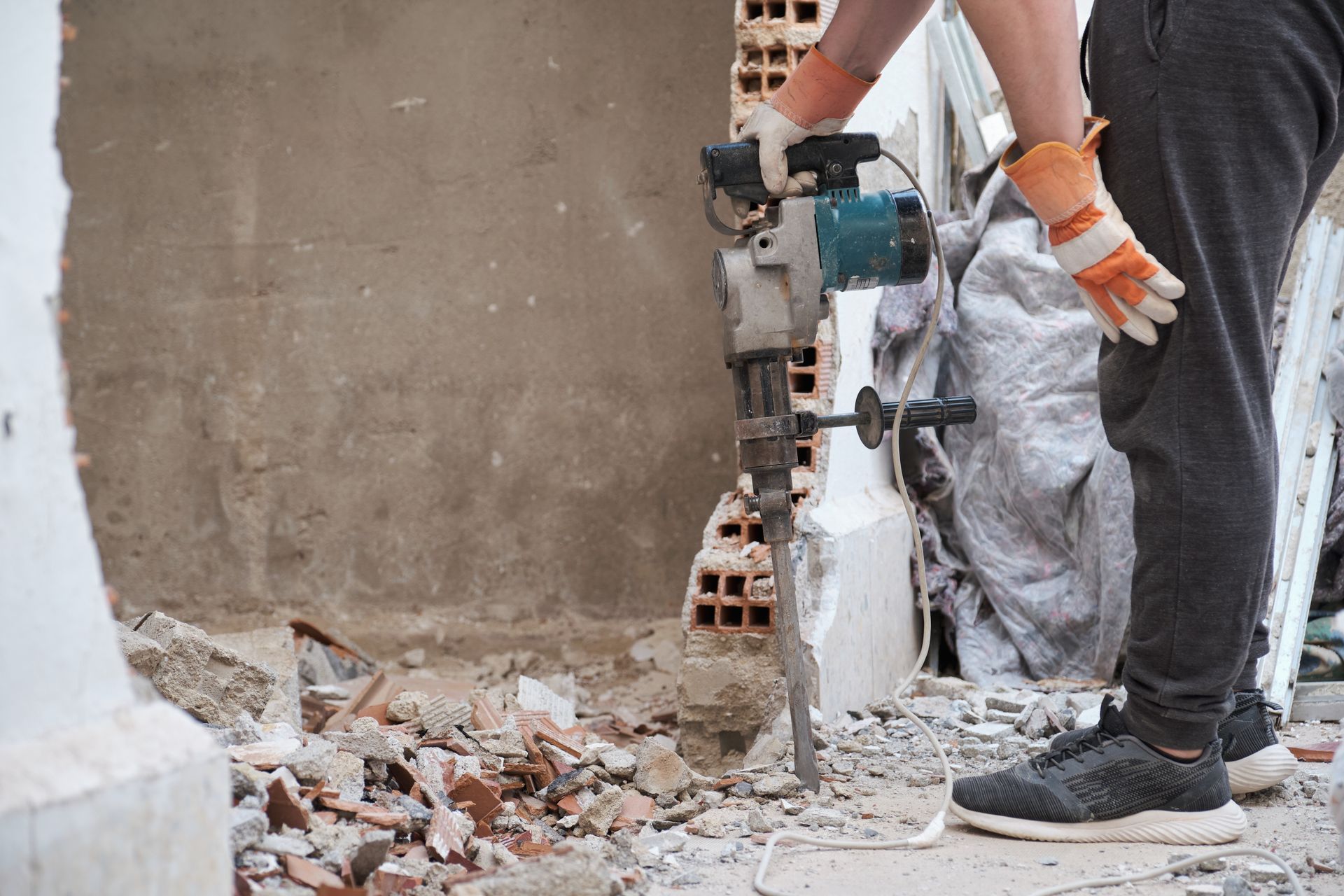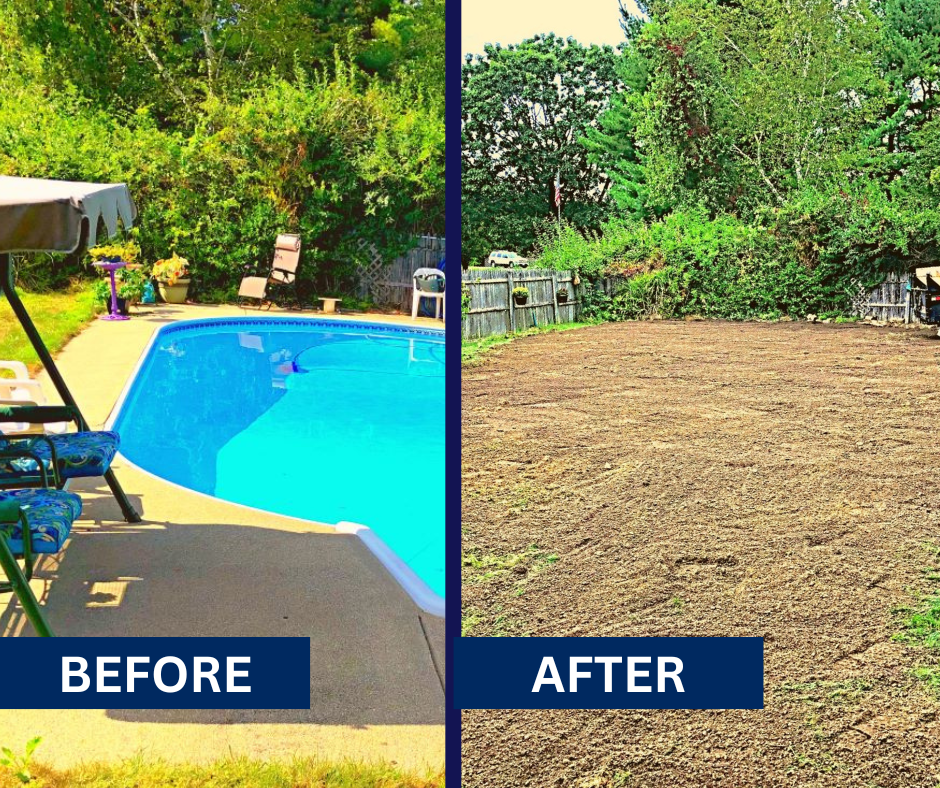Signs It's Time to Demolish Your Old Building
Ready to start your demolition project? Here are the signs of the times.
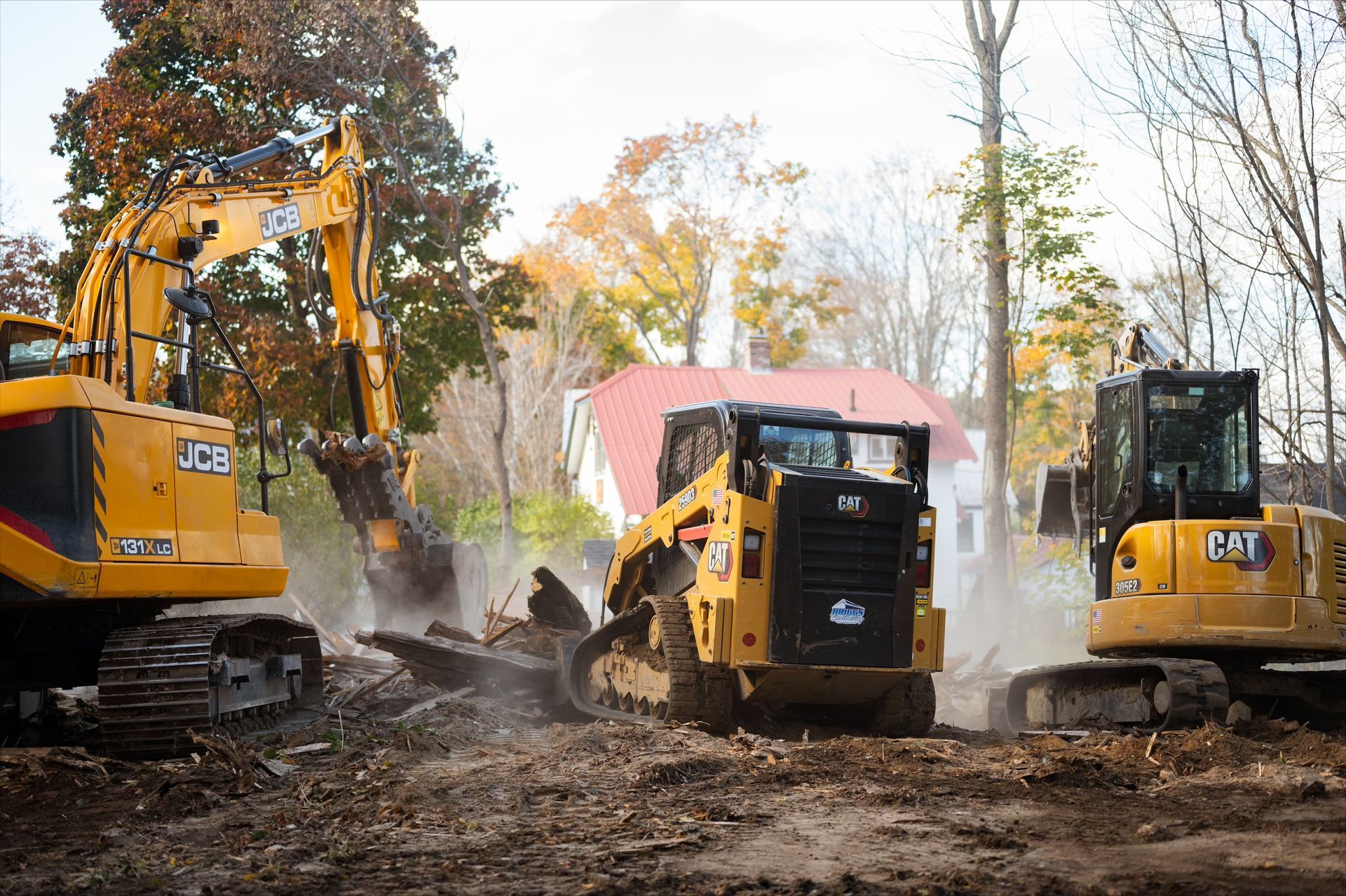
A deteriorating building can become more of a liability than an asset. Structural weaknesses, outdated materials, and safety concerns often indicate that demolition is the best course of action. Recognizing the right time to tear down a structure ensures safety, efficiency, and a better use of the property.
Severe Structural Damage
Buildings with foundational cracks, sagging floors, or bowing walls pose serious safety risks. Over time, natural wear and tear, along with exposure to extreme weather, can weaken structural integrity. When extensive repairs are no longer cost-effective, demolition becomes the smarter option.
Safety Hazards and Code Violations
An old building that no longer meets safety codes can endanger occupants and the surrounding community. Fire hazards, faulty wiring, or the presence of hazardous materials like asbestos make demolition a safer and more responsible choice. If constant inspections result in repeated code violations, it may be time to remove the structure entirely.
Persistent Water Damage and Flooding
Buildings that frequently experience water intrusion due to poor drainage, a high water table, or outdated waterproofing can suffer from irreversible damage. Chronic flooding can weaken structural components, cause mold growth, and lead to hazardous living conditions. When water damage is extensive, demolition may be a more practical solution than constant remediation.
Limited Functionality and Outdated Design
Buildings constructed decades ago often lack the functionality required for modern use. Inefficient layouts, low ceilings, or an inability to support updated systems can limit a property's potential. If renovations are impractical or excessively expensive, demolition clears the way for a more efficient design that better serves its purpose.
Land Value Exceeds Building Value
An outdated structure can hold back a property's full potential in high-demand areas. Tearing down an obsolete building allows for new development that better aligns with market demand and maximizes investment returns.
Extensive Environmental or Pest Damage
Severe mold infestations, termite damage, or water infiltration can compromise the safety and livability of a structure. When infestations spread throughout a building’s foundation or walls, remediation efforts may be ineffective. In such cases, demolition removes hazardous conditions and prevents further damage.
Unstable Foundation
A building with a shifting or crumbling foundation is a serious safety risk. Over time, soil erosion, poor construction, or natural disasters can weaken the foundation beyond repair. If large cracks, sinking sections, or tilting walls are present, demolition may be the safest option.
Expansion or Redevelopment Plans
When a property owner needs additional space for new construction or business expansion, an old building may be an obstacle to progress. Demolishing a structure can create room for a larger facility, improved parking, or a more functional design that suits current needs.
Abandonment and Urban Decay
Neglected buildings quickly become eyesores, attracting vandalism, illegal activity, or rodent infestations. An abandoned structure in poor condition can reduce property values and impact the surrounding neighborhood. When a building reaches this stage, demolition can revitalize the area and make way for new development.
Presence of Underground Hazards
Sometimes, the risks to a building aren't just above ground—buried fuel tanks, unstable soil, or deteriorating sewer systems can create costly and dangerous issues. If a property sits on contaminated land or has hidden structural threats below its foundation, demolition may be necessary to eliminate hazards and make way for safe redevelopment.
A damaged or outdated building doesn’t have to be a burden. When the signs indicate that demolition is the best option, expert guidance ensures the process is smooth and efficient. At Briggs Contracting, we specialize in safe and professional demolition services, helping you make the most of your investments. Call us at (207) 939-7807 today to discuss your project.
